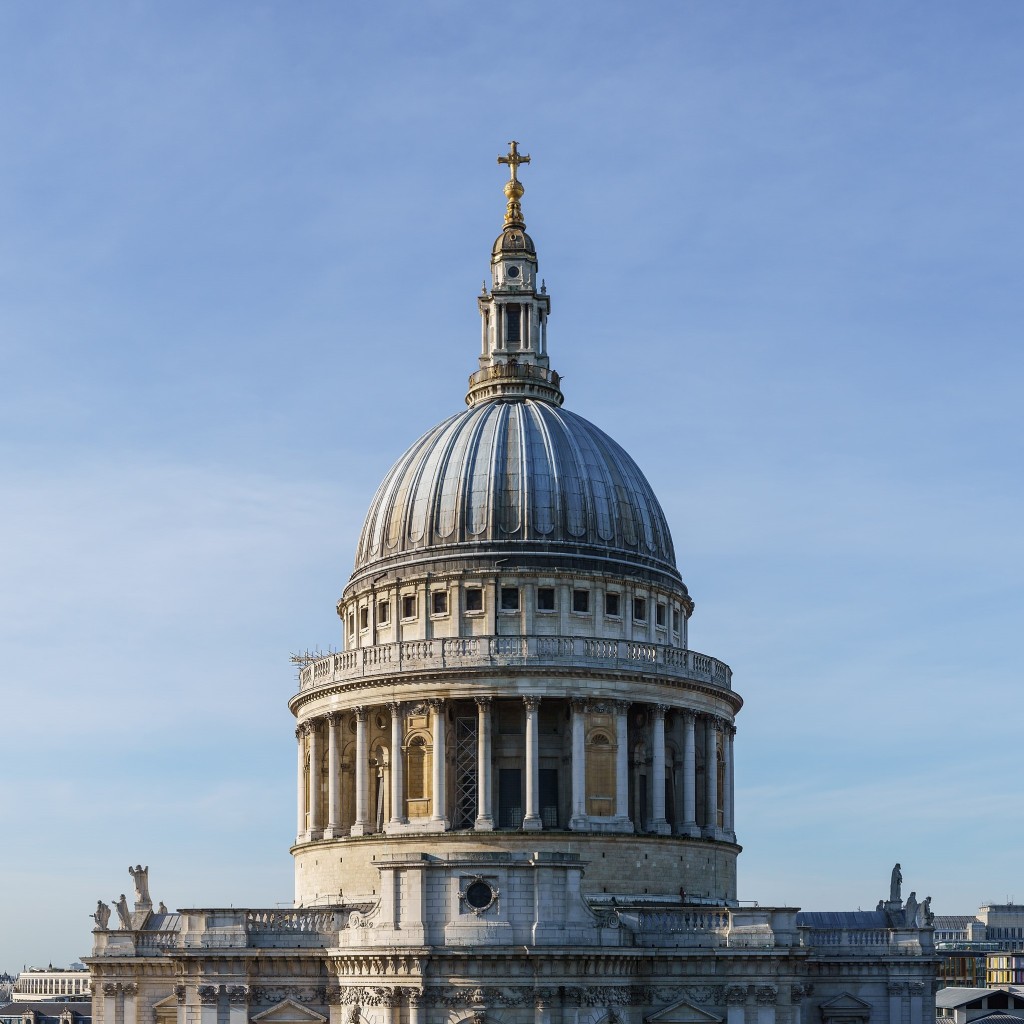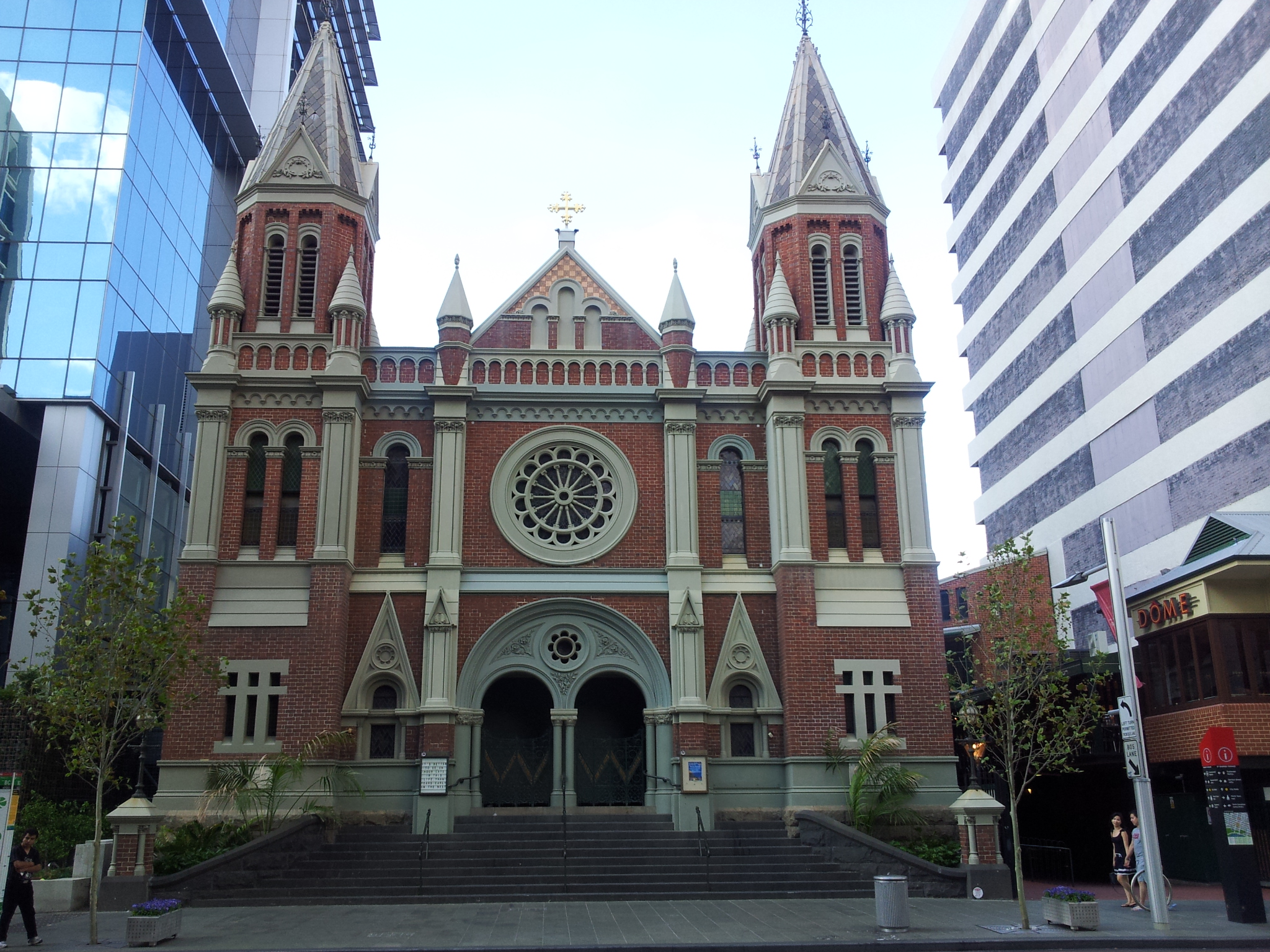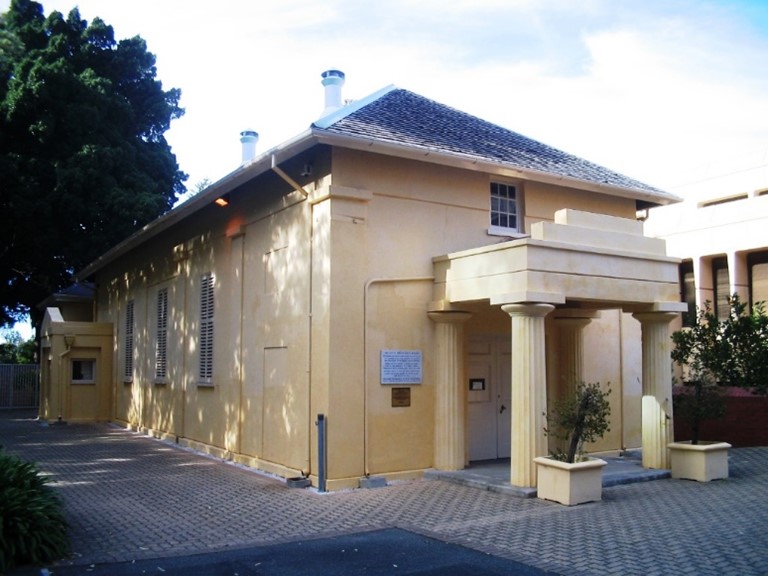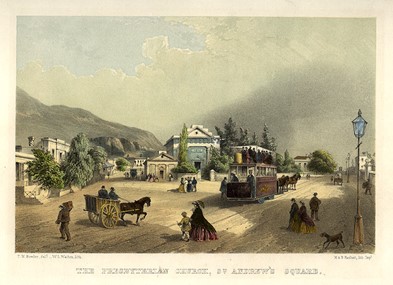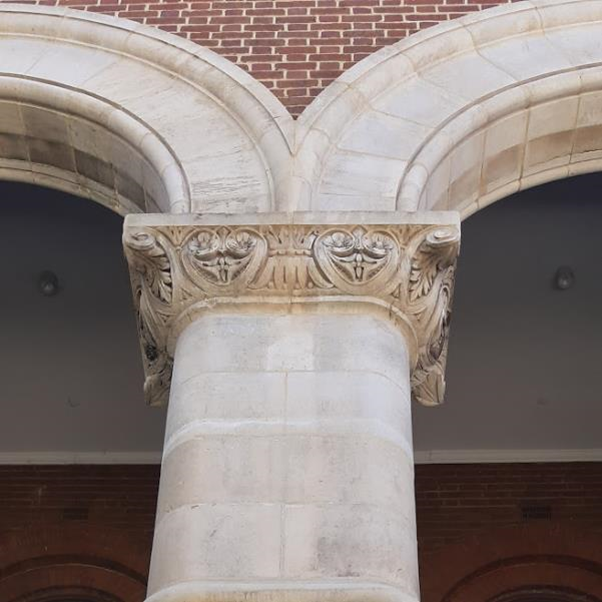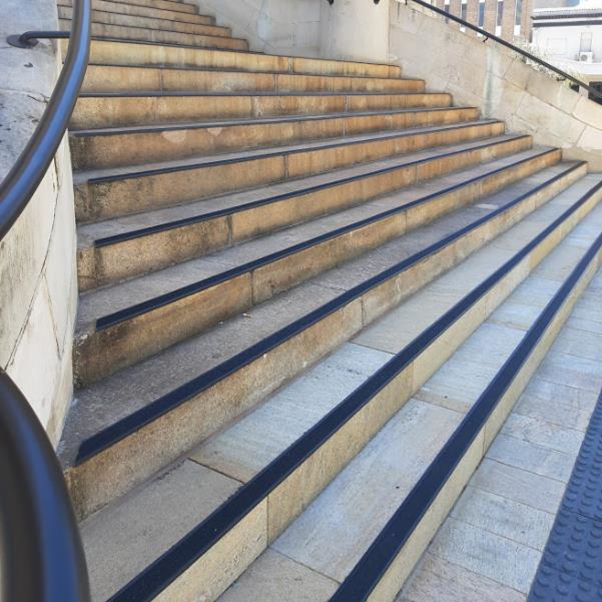
Henry Ebenezer Clay died just as Perth was getting started as a real city, gold having been discovered to the east a few years earlier. At 4pm on Monday 28 December 1896, his body left his home, Esperance Cottage on Hutt Street, Perth, Western Australia, for the last time. Enclosed in an attractive coffin of polished English oak, with brass mountings and a name plate, he was carried in a hearse to its last resting place in the Church of England section of East Perth Cemetery. The Anglican bishop, Charles Riley, conducted the service himself, and mourners included employees from the Post and Telegraph Department. The closeness at his funeral of Church and State was no coincidence. Henry Clay was both civil servant and son of a preacher man. And Western Australia’s leading poet.
Seeking out graves as a hobby is something left over from the medieval obsession with pilgrimages. But instead of looking for holy men and women to look down from heaven and recommend us to the Spirit in the Sky, we now desire posthumous blessings from our new saints: pop stars, artists and, for me at least above all those, poets. I have stood next to the body of William Wordsworth while a light snow started falling and read lines from his works. Same for the tomb of another Lake Poet, Robert Southey, except there was no snow on this occasion because it was April. Less well-known than Wordsworth and Coleridge, Southey is probably mostly famous for writing Goldilocks and the Three Bears for his children. I have even walked with a tent and heavy backpack across the ancient Quantock Hills in England’s west country, just to be near to the spot where The Rime of the Ancient Mariner was written. All these things were exactly as pretentious as they sound, but–what the hell?–I enjoyed doing them anyway.
So now I was at the gates of East Perth Cemetery to seek the final resting place of yet another poet, Henry Ebenezer Clay. To describe the cemetery as a tourist attraction would be to push the meaning of both tourist and attraction beyond breaking point. It had been the original burial place for the fledgling Swan River Colony, which would one day grow up to be Perth. After a larger metropolitan cemetery opened elsewhere in 1899, the East Perth site was almost instantly abandoned. Uncared for, bones started appearing on the surface for children and dogs to play with. People complained, of course, but nothing was done. Today, almost all the graves are unmarked and unknown, while the few remaining ones are of people you would only know if local history was your life-long obsession. A grocer who owned more than a couple of stores, a newspaper editor who wrote nothing of interest, and a politician who must have given a speech with relevance at some point, presumably.
As you enter through the gates and head towards a small chapel, there is undeniably an atmosphere to the place, but pinning down that feeling is difficult. The cemetery is not exotically located on a hilltop, or so far out of town it requires a pilgrimage and a car park to access it. In fact, East Perth Cemetery is conveniently sited near Perth’s world-famous cricket ground, the WACA, as well as new suburbs which sprang up on artificial inlets cut into former industrial estates. Conveniently located, sure, but not convenient to access, being open only for two hours on Sunday afternoons. Yet even this limited availability overestimates the demand from the public. In short, hardly anyone ever goes to commune with the dead here.
In part this is because this cemetery is, for the most part, boring. The only real reason to show up would be to visit a relative or, like me, someone for whom you were making a pilgrimage. Perhaps local schoolchildren are shuffled through with ten questions to answer on a clipboard. Maybe the odd tourist discovers the place on TripAdvisor and pays ten dollars to stare at carved names that mean nothing to them. But I suspect the main reason locals stay away is because of Perth’s ambiguous attitude to the past. Heritage is all very well if it serves some practical (read moneymaking) purpose, but it can bugger off if it gets in the way of anything. Literally anything. It’s recognized that the past is a marketable commodity, but beyond that it has no value to the majority of Western Australians. Footy, yes; beaches, yes; barbeques, of course; museums, history books, old buildings, sure, but don’t ask the taxpayer for a subsidy or expect them to be around in a few years. Unless they’re making money.
East Perth Cemetery, despite being staffed by unpaid labour, is not making money on the day I visit. The four volunteers, as is typical for such a place, are older to the point of being old. They seem genuinely surprised when I enquire about a name even less famous than the not-particularly-famous people included in the thin guidebook. After consulting an online database and a large map on an easel identifying the location of the few remaining memorials, one volunteer offers to walk me to the grave of Henry Ebenezer Clay. He’s not at all curious as to why I want to locate this memorial, instead offering stories of his ancestors who bred horses in Western Australia to sell to Mauritius. Did I know why Mauritius? I did not. The sale price of each horse was greater there than selling them to the British Army in India. So now I knew.
Like every headstone, Henry’s had once been upright. But decades of neglect, or perhaps vandalism, had broken it off at the base, so now it lay on the ground cracked in multiple places. Grass, browned by the sun, was growing through the cracks, forcing them wider and shortening the life of this memorial just a little more. The original lettering had been formed in lead, but many characters had fallen off, or were lying on the stone out of place, so it resembled a game of Scrabble about to be played by teenage Goths. Around the horizontal headstone was a simple iron fence. Whether to stop further damage to the grave or prevent the dead from escaping and complaining about the neglected cemetery was not stated in the guidebook.
When he died in 1896, the newspapers described Henry as having a “deservedly high reputation in this colony for his literary talents, which were of no mean order.” Yet his headstone only alludes to this, for below his name spelt out in full are three letters: ‘H. E. C.’ And it was under this nom de plume that Henry had published his few books and many poems in the West Australian newspaper, as was the normal way of sharing the written word in the 19th century. The headstone bears Henry’s literary signature but otherwise gives no indication as to why. There are two lines underneath, now difficult to read thanks to the scattered lettering, but which once said:
Who self forsaketh angels are his friends
Who loveth all hath found the Heart of God
If these lines are by HEC, I haven’t found them yet, and they don’t appear to be the product of anyone with poetic talent. Perhaps a relative composed them, or the monumental mason felt inspired to add his own tribute to Henry’s memorial, perhaps modelled on an 1891 couplet actually by HEC:
Himself forsaking — angels close him round
Who, loving all, the Heart of God hath found
One thing that is certain, however, is that Henry is not alone in his grave. His nephew, Arthur Reginald Brooking, predeceased him by four years, at the age of just 16. The 1890s saw several epidemics of ‘fever’, and one of these might have been Arthur’s cause of death. The headmaster at Perth Boys School said he had been one of their most brilliant students, and he had excelled in geology and history. Henry never married, and all his immediate family died before him. His executor was his niece, Laura Brooking, so she must have organised for his body to be placed in the same grave as her younger brother.
Yet the headstone itself reveals nothing poignant. Did Laura grieve for her uncle? Did the service remind her of the death of her brother and open old wounds? Or, like the unpoetic two lines of ‘verse’ on the stone, was the whole affair ordered and dignified without ever reaching the level of emotions? As these thoughts ran through my mind, I suddenly realised this was stereotyping colonial society: so used to death, they scarcely felt it. But I knew they hurt when people died. I needed no more evidence than the man in front of me, and I could turn to Henry’s poetry where he had written so touchingly on the loss of each member of his family to see what death meant to him. To understand HEC, I needed to get rid of the historic clichés.
Photographing Henry’s headstone was difficult. The shadows were all wrong and I had forgotten my camera, instead relying on an old model mobile phone. I would need to return to get a better shot. And this made me pause. Didn’t I decry the cemetery as boring, filled with pointless people who had led pointless lives? What made me so special that my returning was understandable, and every other visitor, few as they are, was being fooled by this tedious ‘history’? Could I be wrong?
My volunteer guide didn’t return me to the front of the chapel, since he had a couple of other graves he wanted to show me. They were relatives of his, people involved in horse breeding, horse racing, and related industries. As he spun well-rehearsed stories, I was reminded of Wordsworth’s child who refused to admit the deaths of her brother and sister meant they were no longer members of the family:
Then did the little Maid reply,
“Seven boys and girls are we;
Two of us in the church-yard lie,
Beneath the church-yard tree.”
For my guide, these were not names on tombs, but people he could, and did, proudly point to on an enormous hand-written family tree. They were still people he could relate to, not simply dead relatives. For him, East Perth Cemetery was a place to talk about his family and their achievements. Without the graves he would just be an older man telling tales, but with the cemetery there in front of us, he was doing history, and loving every minute of it. Just as I needed HEC’s headstone to form a physical connection with the past, or it was all just words on a page, not real people who lived, loved and hurt when their family died.
I’d like to say I walked out the cemetery a wiser man, but you know that wouldn’t be true, at least not in any dramatic way. People don’t change as a result of one encounter in a graveyard. And in many ways my criticisms of the place still stand: it’s not very exciting. For most people. Unless you have or make a connection to one particular grave. Which is what I’m doing here, with Henry Ebenezer Clay: trying to get you, the reader, to want to find out more about his life, to read his poetry, to make a connection. Then maybe you will visit his grave and East Perth Cemetery will be very slightly less boring than it was.

















